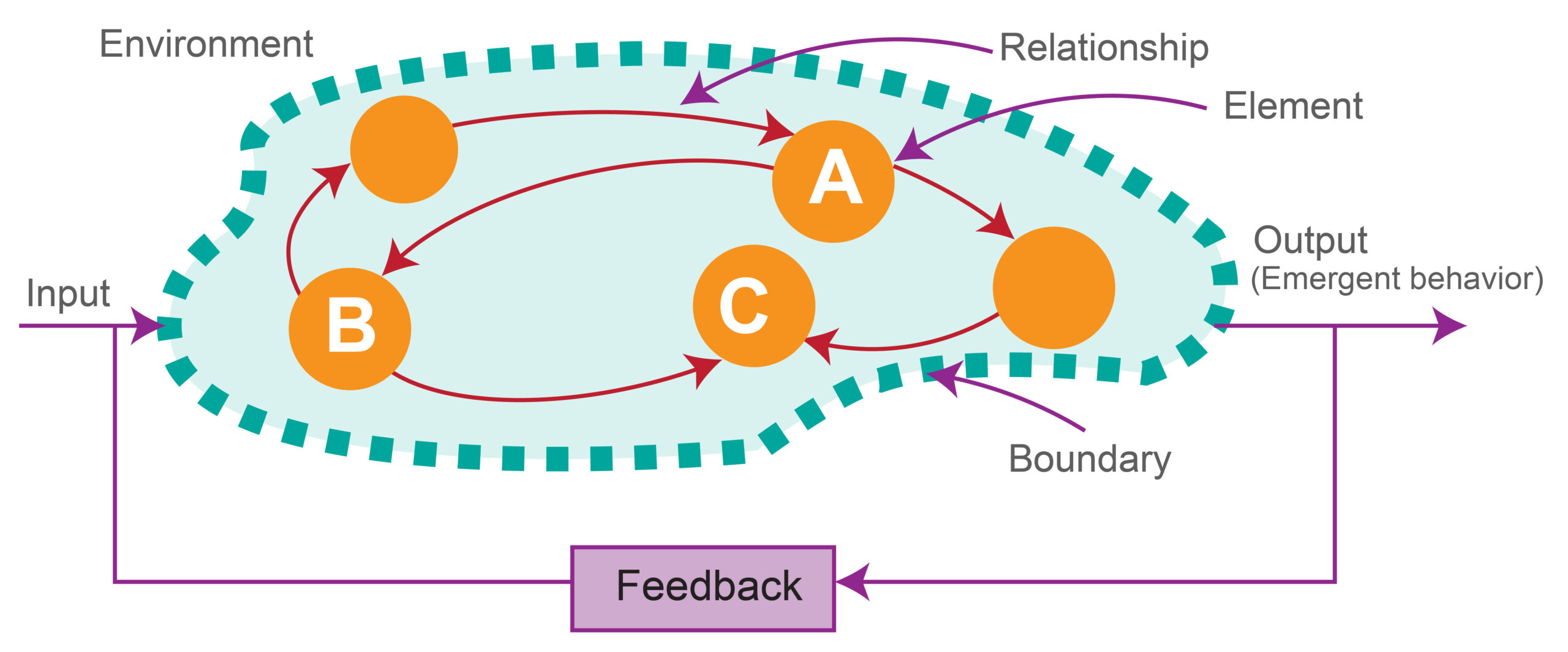While contributing a piece to talk about effective management of CSR projects, I thought that we need to take a step back. It is heartening to see that governments and civil society across the world have taken up the responsibility to proactively work towards the development of the underprivileged. Billions have been allocated, spent (or even misspent) in development projects across the world.
India became the first country in the world to make a corporate commitment for CSR mandatory for companies beyond a certain threshold.
We are certainly in the right direction in terms of attitude, legislation and participation. However, to make interventions in the development sector work, we need more than that. We need effective strategies, efficient execution and robust measurements. This is not easy.
Hence, I am sharing my own take on effective management of CSR projects, or more generally, development projects. Given the nuances and intricacies, the development sector presents, I am sharing my thoughts in a three-part series to present why systems thinking is essential in this sector. This first piece will focus on introducing the concept of systems thinking and its relevance, the second one will talk about how it can be applied for design, execution and measurement of development sector work, and the final piece will highlight some of the skill sets required for a systems interventionist and its related challenges.
When we speak of working in the development sector, what typically comes to our mind is poverty, education, backward classes/casts, health, sanitation, water, so on and so forth. It is common to see funds being allocated to specific areas such as these, but what is more important is to understand how many (or all) of these areas interact with one another and how an individual is impacted in the ecosystem he/she is in.
Let’s consider Baahubali (I picked up a trending name), who lives in a village near a chemical company and works for the same company. He is poor and the company has allocated CSR funds for the education of the village, for which Baahubali’s son is a beneficiary. But the child (Baahubali’s son) drinks untreated water from the river nearby as he does not have a water purifier at home. The water is severely contaminated because of the chemical company, where Baahubali is employed, flushes its industrial waste into the river. Baahubali’s wife is a small-time fisherwoman and is now out of business as the contaminated water of the river has over the years killed most of the fish in the river. Baahubali’s son constantly falls ill due to drinking contaminated water and all the family earnings go in his treatments, and eventually, he has to drop out of school. Similar was the case with other families. The company eventually stopped its funds for education in the village as their measurement metrics showed a drop of student enrolment in schools over time. Several families in the village had similar experience leading to increasing deprivation, and antisocial behaviour. A village that has lived in poverty for generations is now being pushed into a bleak future of more abject poverty and dissonance.
So what did you notice? The CSR funds of the company that was going for education is a complete waste. Not only could the company do anything to educate the children in the village, but also made the situation worse for them by contaminating the river.
Let’s get more local for India – consider families in abject poverty taking small loans from moneylenders, indebted for life and constantly being harassed for payments. Add caste. Add no toilets. Add violence against women and children. The list never ends.
This is a complex problem. Complex problems cannot be solved by allocating money for CSR. This needs a very different mindset.
Systems thinking is a discipline that lends a holistic lens whilst approaching a situation. A “system” is constituted of various elements or sub-systems, which are in perennial interaction with one another leading to both intended and unintended consequences, as a result of which the system itself has emergent behaviors. We read the story of Baahubali and his village above, and we can already see some of these. Every system has a boundary, outside of which there is the environment. Hence boundaries themselves can be dynamic. What is important is not the elements per se, but the interrelationships between them, because it is the nature of the interrelationships that give character to the system. Inputs to the system are transformed within it and go out as output, which in turn informs further input with feedback.
A systems mindset helps us to appreciate complexity with a critical mindset considering a variety of impinging factors.
The development sector is faced with huge challenges and complexities. Lack of funds is just one of them, and it’s not the top one. Significant funds mobilization has been enabled through philanthropy, CSR and impact investments. But other challenges include the lack of strategic planning, efficiency in execution, poor governance, social and political interference, and the lack of integration between various initiatives operating and yet not connecting with one another. Don’t be surprised at all if there were another large company near the same village where Baahubali lives that manufactures cement and is pushing in CSR funds for better health care in the village, and yet both companies are not talking to each other!
Complex situations have their own characteristics. At the outset, they are difficult to pen-down, or sometimes even difficult to imagine. They start evolving as we get into them. We need to look beyond the surface and dig below what is evident to unearth what is not. Interestingly, different people can have their own narratives of the same problem. Every narrative is valid. While simple systems are often replicable and predictable, complex systems are self-organising and do not follow any given rules. Therefore, simple problems can be solved using a template that can be replicated from one situation to another. However, in case of complex problems, templatization does not work. Every problem is unique and requires unique approaches and highly situational perspectives.
In case of simple problems, our usual approach is to “solve” problems. In case of complex situations, we cannot just “solve” a problem, but we need to “resolve” the same. I avoid using the term “problem” and call it a “situation”. I rather ask who defines what a problem is. A situation may be called problematic by someone because of their own perspective and perspectives change from one person to another.
A systems interventionist approaches a situation with these aspects in mind and will essentially have three considerations. First, they will always look at boundaries critically. As for how we define boundaries is always subject to who is defining them based on their own understanding and perceptions. Consider the case above. Had Baahubali’s employer looked at drawing the boundary around sustainability and empowerment of the village, rather than just children’s education per se, they would have approached their CSR in very different manner. Second, the systems interventionist applies different methodologies and tools to approach the situation as they believe that multiple lenses will bring to the surface multiple nuances for the same situation. The company above would apply a range of tools to understand the situation and design the program that could lead to. The company above would apply a range of tools to understand the situation and design the program that could lead to the unearthing of the nuances of the village realities and address issues in a more substantial manner. The interventionist will be driven by a flexible mindset of evaluation and redesign, then just stopping a particular initiative if it did not show results. Third, a systems interventionist will always look for “betterment” of the situation – how the intervention can contribute towards the improvement of multiple stakeholders without compromising on the voices of the underprivileged. Baahubali’s employer would look for improvement of the village rather than just allocating funds for an activity. It would also institutionalise metrics that would look for holistic measurements and success parameters rather than tracking how many children are being educated year-on-year.
Systems thinking has inspired several methodologies over the years. These methodologies are handy for development workers through the life stages of design, implementation and measurement of interventions. Work in the development sector can be greatly benefitted by bringing into the fold approaches and methodologies inspired by systems thinking.
The next piece will talk about some of the approaches and methodologies that can be adopted for development projects and CSR.

Rajneesh Chowdhury is Vice-President at The PRactice, a strategic public relations firm. His work focuses on stakeholder engagement strategy, corporate reputation advisory and employee communications. He publishes widely in the field of management systems thinking and application.
Views of the author are personal and do not necessarily represent the website’s views.
Thank you for reading the story until the very end. We appreciate the time you have given us. In addition, your thoughts and inputs will genuinely make a difference to us. Please do drop in a line and help us do better.
Regards,
The CSR Journal Team
Subscribe


